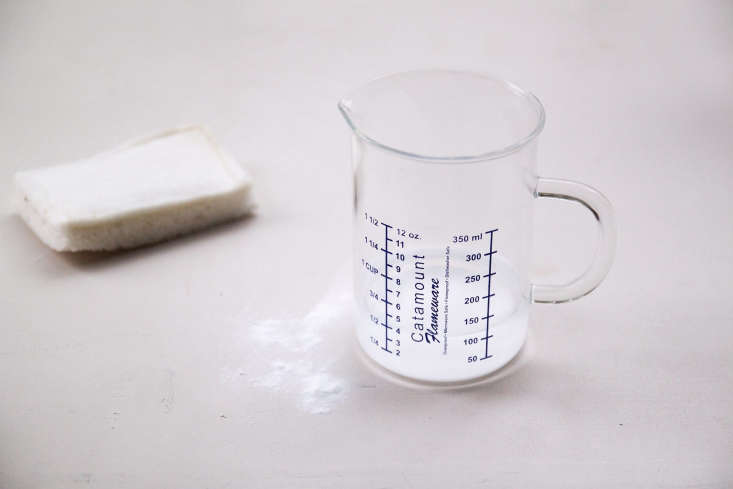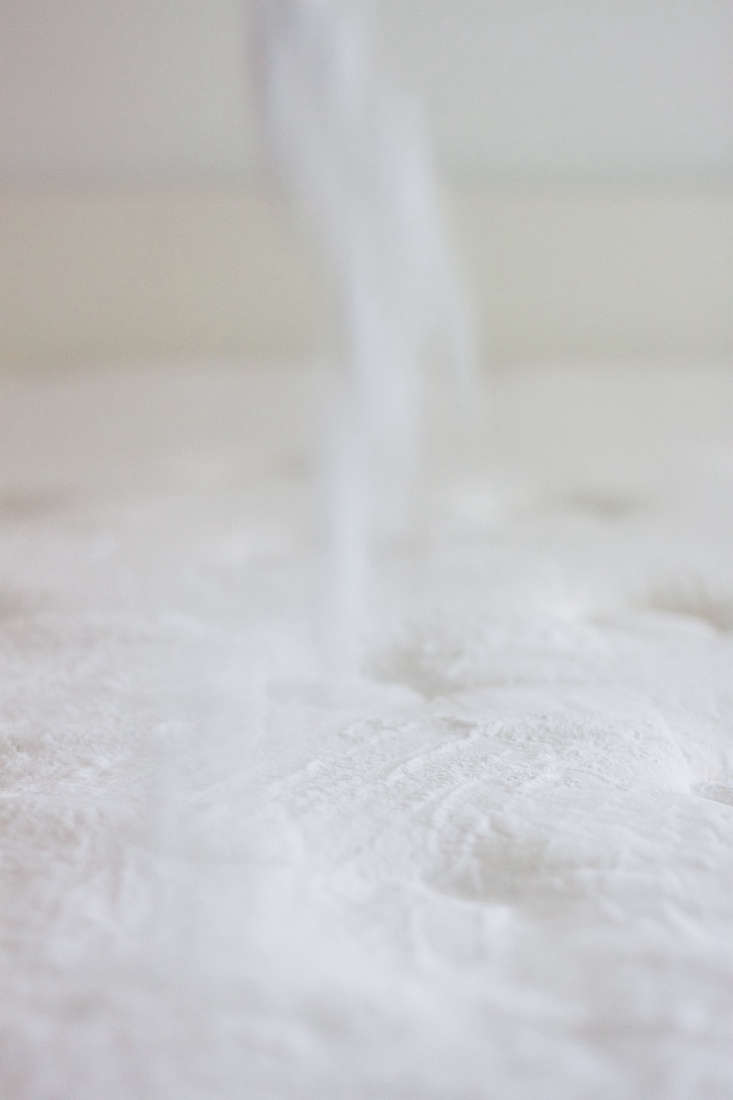
You spend a third of your life in bed. How often do you really clean it—all the way down to the mattress? Chances are, not enough. Maybe you think that with a mattress pad and a sheet, it’s not really dirty (wrong). Or that that you need a professional cleaner or harsh chemicals (no, and nope). Here’s the good news: Cleaning your mattress is easier than you think.
Why clean your mattress?

Let’s face it, ignorance is bliss. But start doing a little research into what really lurks under the covers and you’ll never sleep again. So before we get to how to clean a mattress, let’s go over the “Why.” Here’s what you’re up against when you settle into bed.
- Mites: You’re not alone at night. Even if you sleep solo, or are the biggest neat freak in the world, you share your bed with hundreds of mites. These minuscule creatures thrive in warm, moist conditions, and feast on dead skin cells. Your reward? A raft of allergens left behind in their waste matter. Mites are a problem if you’re allergic to them, which about a third of us are.
- Dead skin cells: According to Dyson, we slough off about 28 grams per month.
- Sweat and other bodily fluids.
- Dust and daily dirt.
Fortunately, eradicating all these “invasives” is not as labor intensive as you might think.
How to clean a mattress
Most experts recommend cleaning your mattress at least twice a year to get rid of the dirt and allergens outlined above. If you’re in the habit of flipping your mattress, this would also be a good time give it a thorough wash. Here’s how.
1. Strip the bed and wash all bedding

Take this opportunity to deep clean all your bedding. Remove everything from the bed, including the mattress pad and/or cover, and give it a good wash. Use a mild detergent in the hottest water recommended by the manufacturer. Wash your sheets, pillows, comforters, and duvets, too. (See: Domestic Science: How to Wash a Pillow and How to Clean Woolen Blankets, 5 Expert Tips.) For white cottons, bleach will kill mites (or try hydrogen peroxide as a more environmentally friendly option). Drying at a high temperature will kill more mites, but again, always check the care label.
2. Vacuum

Switch your vacuum to the highest suction setting possible. Then, using the upholstery attachment, thoroughly vacuum the mattress including the sides. Be sure to work your way into any nooks and crannies. Dyson also makes a super high-suction vacuum especially for mattress, which according to a Consumer Reports test, picked up two grams more mites and other materials than a regular vacuum.
3. Spot Clean

There’s no delicate way to say it, most mattress stains are organic, so use an enzyme cleaner or a 50/50 mix of hydrogen peroxide and baking soda to spot clean your mattress. Using as little liquid as possible (since moisture breeds mildew), dab or spray a bit of your cleaner onto a clean cloth or sponge and work at the stain. Thoroughly dry any spot-treated areas before making the bed.
4. Deodorize

Deodorize your mattress by covering it in a generous layer of baking soda. Leave in at least 30 minutes. Longer, several hours or more, is even better. Vacuum again to get rid of the baking soda.
5. Cover

Now that you’ve gone through the trouble of cleaning your mattress, consider buying a cover to protect it from dust, stains, and mites.


For more cleaning tips, see:
- Domestic Science: How to Clean a Washing Machine
- 10 Natural Cleaning Solutions for the Bathroom
- Linen Logic: 20 Tips for Taking Care of Your Bedding
N.B.: This post has been updated with new links and prices; it was first published Feb. 2021.






Have a Question or Comment About This Post?